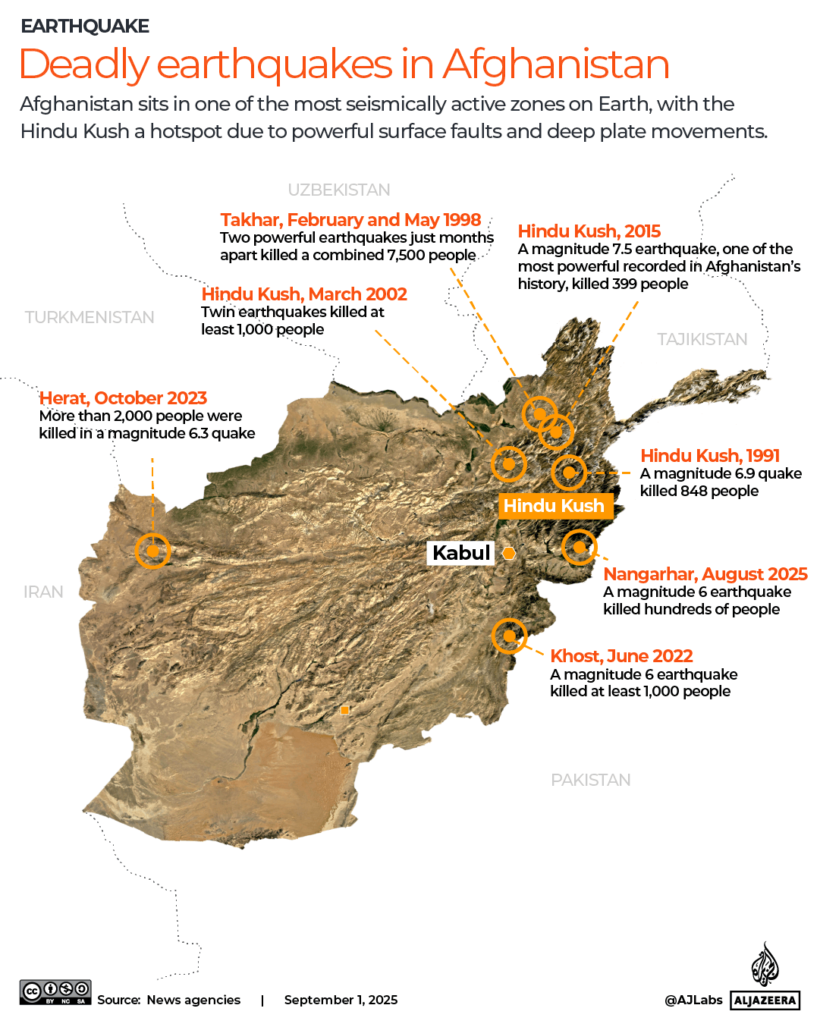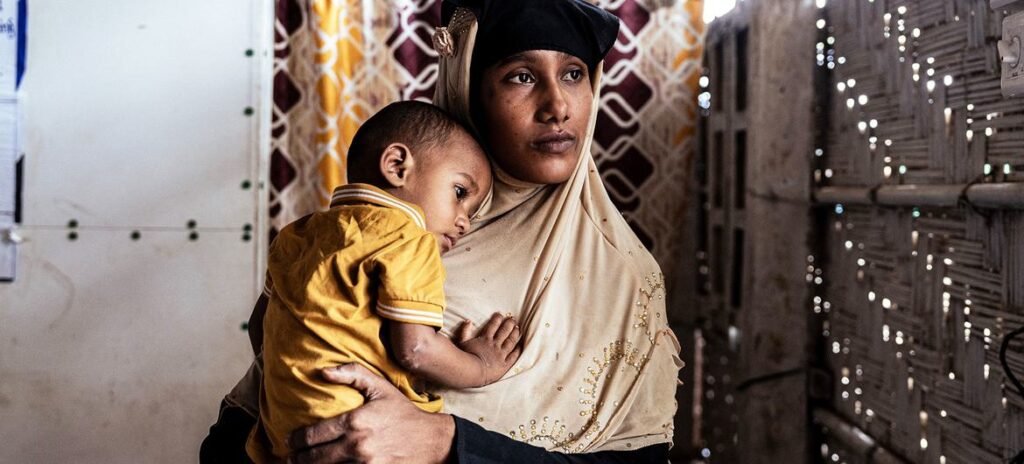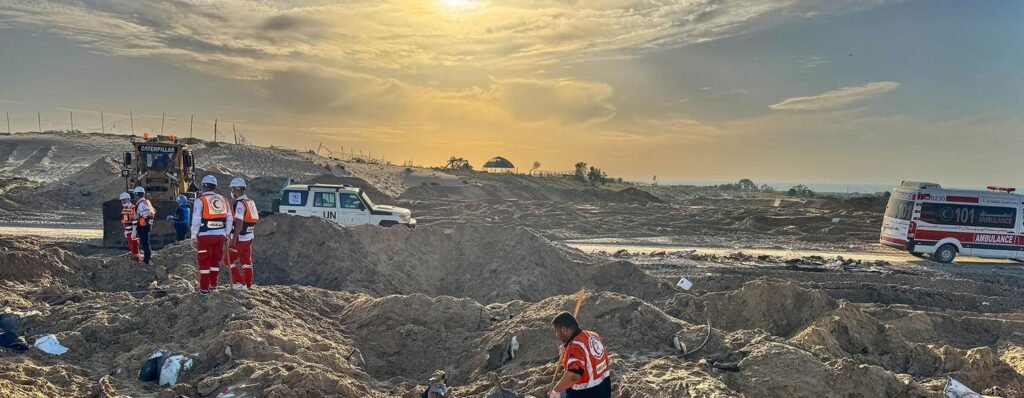Arab, Muslim Leaders Urge Review of Israel Ties at Doha Summit
Doha: Muslim and Arab leaders, meeting in Doha, called for a review of relations with Israel after last week’s deadly attack in Qatar. The assault killed at least six people. Leaders gathered at the joint Organization of Islamic Cooperation (OIC) and Arab League (AL) summit and issued a strong declaration:nenagency Joint Declaration Against Israel The statement urged all member states to take firm measures against Israel. These included reviewing diplomatic and economic ties and pursuing legal action over its actions against Palestinians. Leaders stressed that Israel must be held accountable under international law. Participation of Key Nations Among the attendees were Qatar’s Gulf neighbors, the United Arab Emirates (UAE) and Bahrain, as well as Egypt, Jordan, and Morocco. These countries have already recognized Israel. The UAE, Bahrain, and Morocco, which signed the Abraham Accords five years ago, sent senior officials to represent them. Calls for Action The summit aimed to increase pressure on Israel. It came as global calls grew louder for an end to the Gaza war and its humanitarian crisis. Member states also called for joint efforts to push for Israel’s suspension from the United Nations. Emir of Qatar Accuses Israel Qatar’s Emir, Sheikh Tamim bin Hamad Al Thani, accused Israel of undermining peace efforts. He said Israel had targeted Hamas negotiators to derail ceasefire talks.“Whoever assassinates the party they are negotiating with clearly seeks to destroy the talks,” he told the leaders. High-Profile Attendees The summit drew several prominent leaders. Among them were Saudi Crown Prince Mohammed bin Salman, Iranian President Masoud Pezeshkian, Iraqi Prime Minister Mohammed Shia al-Sudani, Turkish President Recep Tayyip Erdogan, Pakistani Prime Minister Shehbaz Sharif, and Palestinian President Mahmud Abbas. Leaders’ Warnings Iran’s President Pezeshkian warned that no Arab or Islamic capital was safe if unity was lacking.“Tomorrow, it could be the turn of any Arab or Islamic city. The choice is clear—we must unite,” he declared. Turkey’s President Erdogan accused Israel of acting with a “terrorist mentality.” Other leaders also condemned its actions in Gaza. Egypt’s Concerns Egyptian President Abdel Fattah al-Sisi warned that Israel’s attack in Qatar could derail future peace talks. He also cautioned it might even threaten existing peace deals in the region.










